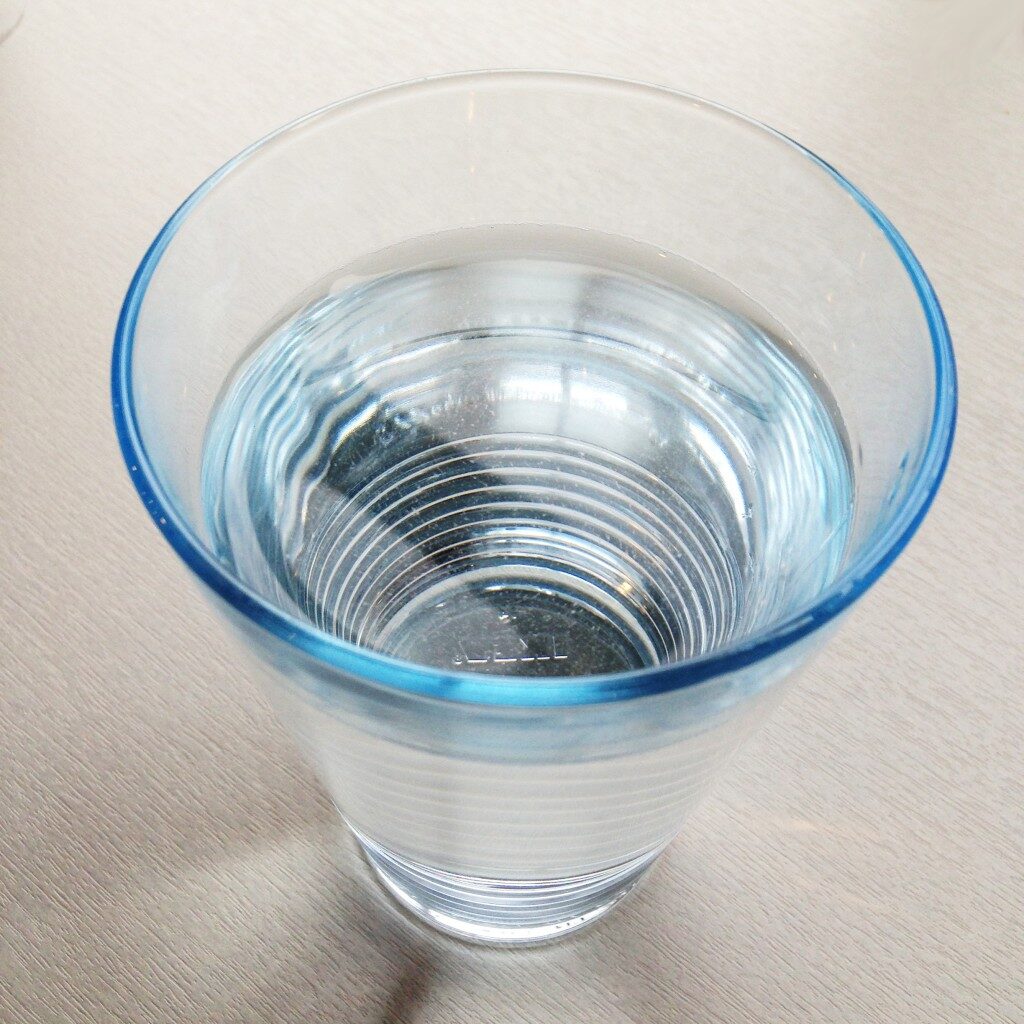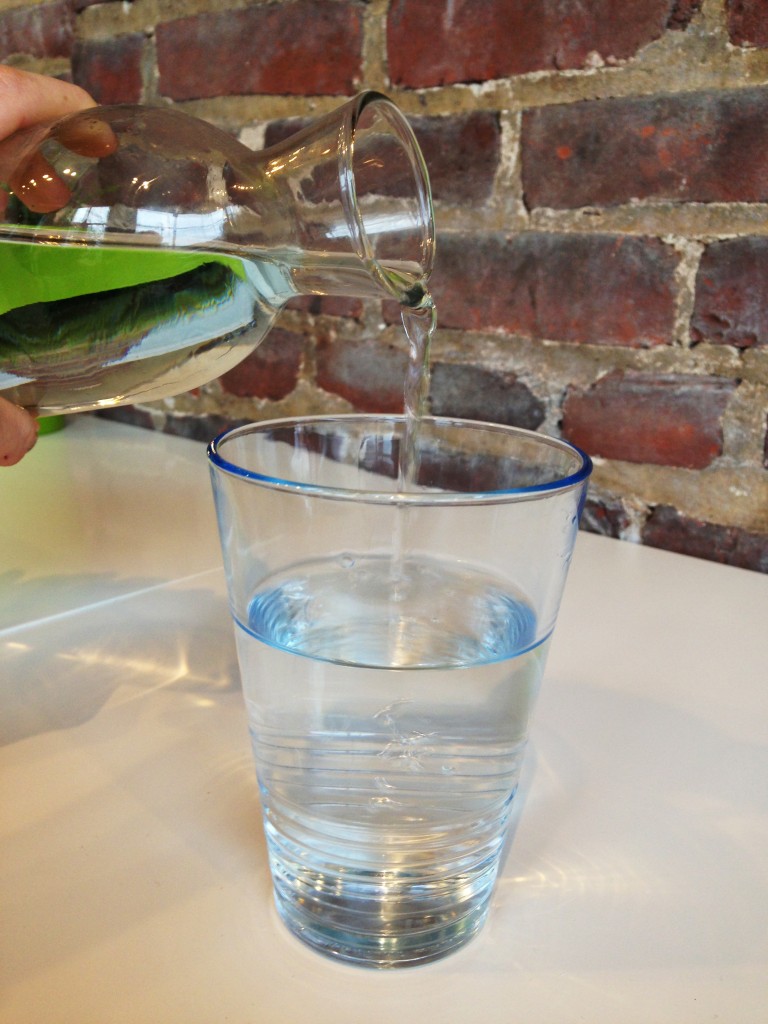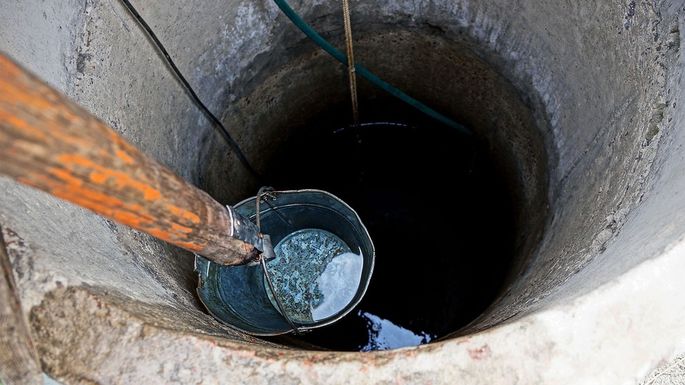Your Pre-Inspection Agreement: Statue of Limitations
Recently, a kitchen fire resulted in $100,000 in damages to a home inspection client’s property. Upon investigation, the inspection client discovered that the fire was caused by a defective electrical component in the dishwasher, which was subject to a national recall.
A review of the state’s regulations showed that nothing requires a home inspector to document the model number or to determine whether an appliance was subject to recall. Furthermore, the American Society of Home Inspectors’ (ASHI) Standard of Practice (SOP) specifically excludes the requirement to identify recalled appliances.
Despite all the evidence negating the inspector’s liability, the inspection client persisted in their claim against the inspector. But when they did, they were faced with an even bigger problem. The inspection took place six years ago. Their state’s statute of limitations is five years. Based on state law, the client’s claim was time-barred.
What is a statute of limitations provision?
A statute of limitations provision limits a client’s ability to file a claim against a home inspector to a specific period of time. The purpose of such a statute is to deter clients from coming back with complaints after their inspection findings are relevant.
For example, one of our home inspectors received a claim for roof defects that manifested 18 years after the inspection. Since the average life span of a roof is 20 to 30 years, it’s no surprise that the inspection client experienced roof defects nearly two decades after their inspection.

Buying a Home With a Well?
If you’re buying a home that’s not connect to a central water supply, congratulations! You are now the new “Water Safety, Treatment, and Prevention Manager,” of your household. The EPA says that about 15% of U.S. homes are on a private water system of some sort.
For buyers who have never had anything but water from a municipal tap system, a private water supply can seem like virtually the same thing: turn on the faucet, water comes out. Simple. But too many buyers assume that if the water looks good, doesn’t smell bad, and the current owners aren’t sick, that the water must be fine. But that’s a big mistake. Discovering that the water is unfit to drink, or that the well is poorly constructed, or in need of replacement is something important to discover during the buying process, not after.
All well water comes from groundwater. Water occurs naturally underground, more in some places than others, and deeper in some places than others. The ground provides a natural filter that performs basic cleaning services. Depending on where you live and the local ground materials and surrounding surface and subsurface conditions, you may need additional filtration for taste, and to remove sediments or contaminants.
TYPES OF WELLS: Wells are either driven, dug, or drilled. Each has its place depending on the ground materials and location, but all wells rely on some sort of pump to get the groundwater from the earth and deliver it inside the home. All wells, regardless of construction type, should be clear of debris, and the grade around the well cap (the part that comes out of the ground), should slope away to avoid pooling. Water should be coming from the ground up, not the other way around
PUMPS: All wells have some sort of pump to get water from the ground to the place where it’s used. A home inspection should include a careful look at the well pump for tight, non-leaking connections and cleanliness of any filtration system. This can be done by a home inspector, a plumber, or a well pump installation technician. Most pumps run on electricity, so unlike being on municipal water, if the electricity goes out, you cannot flush the toilet, get a glass of water, take a shower, etc., so consider a back-up generator in places where power outages are frequent, or at least a few gallons in reserve until the power comes back.

Well Water and Inspections
Well water — unless you grew up in a house with a well, having one in your home is likely a foreign concept. Chances are good that if you’re house-hunting in quieter suburbs or rural settings your idyllic future home may be on well water. This isn’t a bad thing, although to many it is a big question mark.
The Basics
There are two main things that you want to be confident about in regards to the condition of a well. First, that the water is free from unwanted bacteria or contaminants. Second, that the well can supply adequate water to the home for all your daily needs. A water quality test will analyze the well water for any trace of contaminants. Well flow tests are a great way to gauge how a well performs at supplying the home with adequate water.
Water Quality
Water quality testing is highly recommended for wells. Cities and townships are required to test public water and your water at home should be no different. You are what you eat, and that includes the water that you drink. Testing water quality ensures that you’ll be able to enjoy a home’s water safely and with confidence
Well Flow
A well flow test is also highly recommended because it aids in discovering if the well can supply enough water to a home. Well flow tests involve running a certain amount of water for a certain amount of time. This process enables an inspector to determine the rate at which the well can supply a steady flow of water. Additionally, it simulates normal water usage for the home to see if any issues arise during the test.
Equipment
The outcome of a well flow test helps in assessing the performance of the well pump equipment in addition to gauging the well’s ability to provide enough water to the home.

Well Water Testing, Explained: Do You Know What You’re Drinking?
Well water testing is a must if you live in a home with a well. Unlike municipal water, which has been tested and filtered of dangerous substances, there’s no one watching that well water but you! So, letting it slide can be unsafe—for you and your house.
How many homes have well water, anyway?
The Environmental Protection Agency estimates that about 13 million Americans get their drinking water from a private well, a structure drilled into the earth that draws up groundwater to use for drinking, bathing, washing clothes, watering plants, and more. Because that water is coming right out of the ground, there is always a chance that it could be carrying harmful chemicals, bacteria, and more.
splits tests into two types:
Base-level testing: This test is often required by lenders before they’ll sign off on a mortgage, and it typically looks for things in the water that are tied to damage of the home’s infrastructure. For example, a bank-mandated test may bring to light issues of “hardness,” or chemicals that can damage the home’s pipes and plumbing. However, this test typically doesn’t address any safety issues for bathing or drinking.
Higher-level testing: This test is the one homeowners should invest in, Roy suggests. It looks at things that are harmful to humans, such as arsenic levels or volatile organic compounds, which are organic chemicals that can make you sick if you ingest them. People tend to assume that any basic water test will look for every possible issue that’s out there, but that’s not the case. “Water testing only tests for things that you are looking for,” Roy says. “For example, if you’re just doing basic testing, you’ll never find lead, even if it’s a giant problem in your water.”
How is well water testing done?
Don’t count on a regular home inspector to screen well water in addition to checking out a home you hope to buy.
This professional will visit the home and collect samples directly from the taps. In addition to examining the samples for signs of a dirty well, such as cloudy water, low water flow, and taste or odor problems, he’ll also take the water to a lab that will measure the amount of bacteria, nitrates, and other contaminants in the well.
Water Testing
The quality of the water in your home is important. I use a local lab that is certified by the state to test the water. I offer three different tests. The first tests for Total Coliform and E-coli. The second tests for Total Coliform, E-coli, Nitrites, Nitrates, and Lead. The third tests for Total Coliform, E.coli, Nitrites, Nitrates, Lead, pH, Total Dissolved Solids, Iron, Total Alkalinity, Copper, Phosphorus, Total Chlorine, Free Chlorine, and Turbidity
Total Coliform
Total coliform is most commonly used to indicate the presence of coliform bacteria which is an indicator of contamination for human or animal waste. Total coliform is abroad category of bacteria and most do not pose a threat to humans. Some are from fecal matter, some of the bacteria naturally occur in soil, vegetation and from insects.
E. coli
Escherichia coli (E. coli) is a rod-shaped bacteria commonly found in the gastrointestinal tract and feces of warm-blooded animals. If it is present in the water it provides direct evidence of fecal contamination from a warm blooded animal. Usually it is harmless but it can cause meningitis, septicemia, intestinal and urinary tract infections. Elderly and small children are more at risk from becoming sick. Bacterial contamination can not be seen, smelled or tasted. The only way to know if your system is contaminated is by testing
PH
The pH scale ranges from 0 to 14. In general, a water with a pH < 7 is considered acidic and with a pH > 7 is considered basic. The normal range for pH in surface water systems is 6.5 to 8.5 and for groundwater systems 6 to 8.5. In general, a water with a low pH (< 6.5) could be acidic, soft, and corrosive. Therefore, the water could leach metal ions such as iron, manganese, copper, lead, and zinc from the aquifer, plumbing fixtures, and piping. Therefore, a water with a low pH could contain elevated levels of toxic metals, cause premature damage to metal piping, and have associated aesthetic problems such as a metallic or sour taste, staining of laundry, and the characteristic “blue-green” staining of sinks and drains . The primary way to treat the problem of low pH water is with the use of a neutralizer. The neutralizer feeds a solution into the water to prevent the water from reacting with the house plumbing or contributing to electrolytic corrosion; a typical neutralizing chemical is soda ash. Neutralizing with soda ash increases the sodium content of the water.
A water with a pH > 8.5 could indicate that the water is hard. Hard water does not pose a health risk, but can cause aesthetic problems. These problems include:
Formation of a “scale” or precipitate on piping and fixtures causing water pressures and interior diameter of piping to decrease;
Causes an alkali taste to the water and can make coffee taste bitter;
Formation of a scale or deposit on dishes, utensils, and laundry basins;
Difficulty in getting soaps and detergents to foam and formation of insoluble precipitates on clothing, etc.; and
Decreases efficiency of electric water heaters.